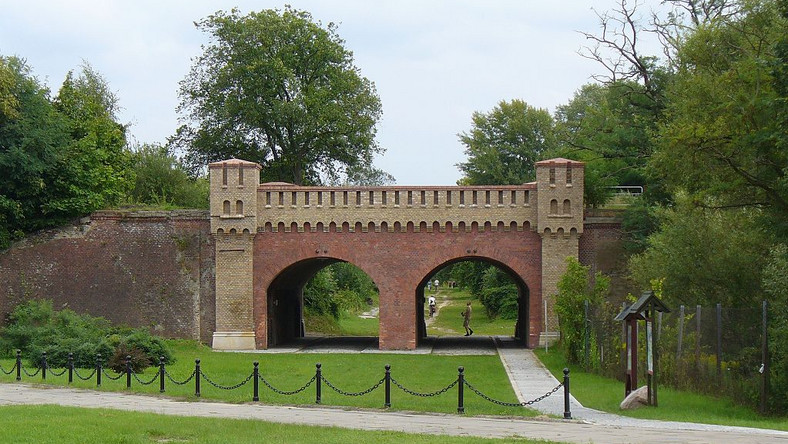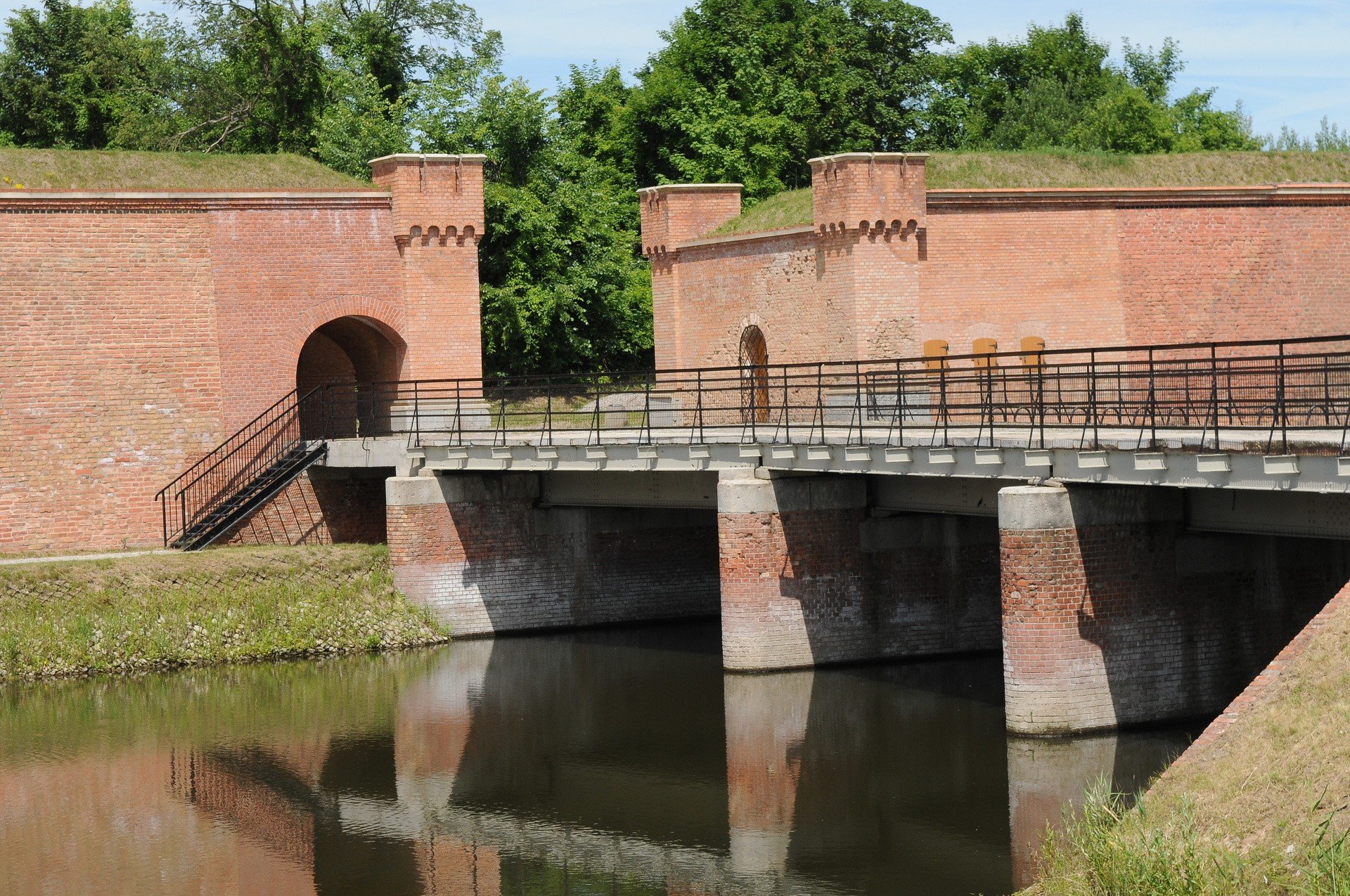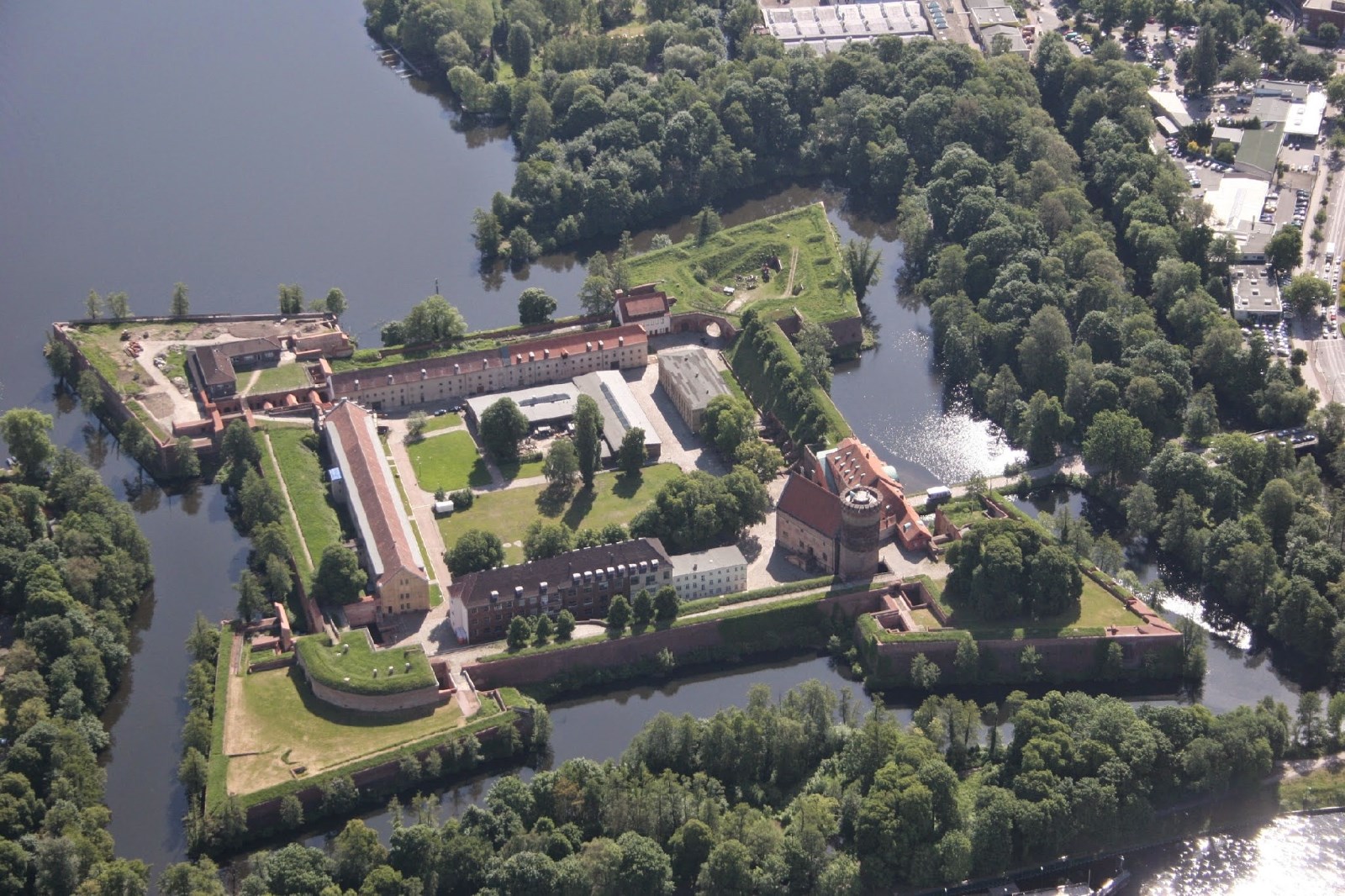Post by Bonobo on Jan 8, 2022 16:54:09 GMT 1
www.onet.pl/turystyka/onetpodroze/gdzie-w-polsce-na-weekend-przewodnik-po-najciekawszych-miejscach/q2sg1cv,07640b54
Kostrzyn Fortress on the Oder (Lubuskie Voivodeship)
The best and easiest way to get to the fortress is by car. There are numerous car parks nearby and in the Old Town, from which you can walk to the place. There are also trains to Kostrzyn directly from the largest Polish cities.
You need about 2.5 hours to visit the fortress and the bastion with a guide. Entry to the Filip bastion itself costs approx. PLN 10 - normal ticket - or approx. PLN 5 - reduced ticket. It is also possible to visit the entire area of old Kostrzyn with a guide - the price depends on the size of the group (in a group of up to eight people it is a one-time fee of PLN 120, in larger groups - about PLN 15 per person). Free entry to the Old Town is free.
The Kostrzyn Fortress is significantly different from other tourist attractions of this type that I present in this book. For centuries, Kostrzyn on the Oder was a dynamically developing city, which, due to its convenient defensive location, in the 16th century became the capital of New March, one of the parts of the Holy Roman Empire, and turned into a fortress modeled on Italian fortresses. Its power is evidenced by the fact that it withstood the siege of the Swedish and imperial armies.
The city had beautiful buildings, a Renaissance castle, market square and a church. It was compared with Zamość. Unfortunately, in March 1945, as a result of the expansion of the Soviet army and artillery fire, Kostrzyn was almost completely wiped off the face of the earth. 95 percent was destroyed. urban tissue. For this reason, the city is called Polish Pompeii or Polish Hiroshima.
After the end of World War II, the new border system divided the old Kostrzyn, situated on both banks of the Oder, between Poland and the GDR. The people's authorities decided not to rebuild the town in the same place, the remaining residents were displaced, and the memory of Kostrzyn's former glory began to fade.






Kostrzyn Fortress on the Oder (Lubuskie Voivodeship)
The best and easiest way to get to the fortress is by car. There are numerous car parks nearby and in the Old Town, from which you can walk to the place. There are also trains to Kostrzyn directly from the largest Polish cities.
You need about 2.5 hours to visit the fortress and the bastion with a guide. Entry to the Filip bastion itself costs approx. PLN 10 - normal ticket - or approx. PLN 5 - reduced ticket. It is also possible to visit the entire area of old Kostrzyn with a guide - the price depends on the size of the group (in a group of up to eight people it is a one-time fee of PLN 120, in larger groups - about PLN 15 per person). Free entry to the Old Town is free.
The Kostrzyn Fortress is significantly different from other tourist attractions of this type that I present in this book. For centuries, Kostrzyn on the Oder was a dynamically developing city, which, due to its convenient defensive location, in the 16th century became the capital of New March, one of the parts of the Holy Roman Empire, and turned into a fortress modeled on Italian fortresses. Its power is evidenced by the fact that it withstood the siege of the Swedish and imperial armies.
The city had beautiful buildings, a Renaissance castle, market square and a church. It was compared with Zamość. Unfortunately, in March 1945, as a result of the expansion of the Soviet army and artillery fire, Kostrzyn was almost completely wiped off the face of the earth. 95 percent was destroyed. urban tissue. For this reason, the city is called Polish Pompeii or Polish Hiroshima.
After the end of World War II, the new border system divided the old Kostrzyn, situated on both banks of the Oder, between Poland and the GDR. The people's authorities decided not to rebuild the town in the same place, the remaining residents were displaced, and the memory of Kostrzyn's former glory began to fade.











